Tomb Raider (2013) Review
Crystal Dynamic’s reboot to the popular Tomb Raider series has been long in the making, but the wait is finally over and Lara Croft is back. Was it worth the wait? Read on to find out.
Tomb Raider is a third-person action-adventure game that borrows some of the best gameplay elements from Far Cry 3 and the Uncharted series — such as experience based leveling with unlockable skills, exploration, survival, archery, and upgradeable weaponry — with a mostly good balance of both combat and exploration.
The game stars a young archaeologist named Lara Croft. With the crew of the ship Endurance, she sets off to make her mark on the world, searching for an ancient Japanese country called Yatamai. Lara goes against the advice of celebrity archaeologist Dr. Whitman and suggests they travel into the “Dragon’s Triangle”, a region where ships are known to go missing. Upon entering the Dragon’s Triangle, the Endurance is swept by a mysterious storm, and the crew awakens to finds themselves on an even more mysterious island. While searching for her friends, Lara ends up being captured by an unknown crazed man, but manages to escape and is forced to fend for herself as she searches for her missing friends.
One of the things that surprised me the most about Tomb Raider was the cover system and how much it works like the cover system of Far Cry 3; it’s easily one of the most well implemented cover systems I’ve used in a third person action game. Every third-person cover based shooter works the same way: you hit a button and you snap into cover, turning the gamplay into a shooting gallery where you pop out of cover to shoot at enemies as they pop out of cover. What separates Tomb Raider from the rest is that the transition into cover is seamless and doesn’t require hitting a button. When enemies are around, Lara assumes a sort of hunched over combat stance. If near a chest high wall or corner, she will take up position behind it, and you will automatically pop up by pressing the aim button. You’re free to move in, around, and out of cover as you please, giving the player a lot more control over the action.
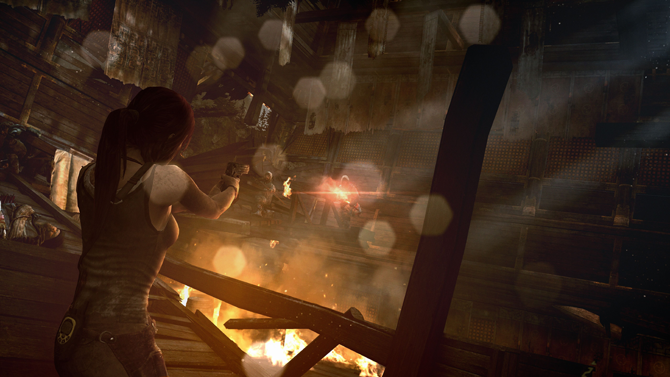
The rest of the gameplay is equally solid. The combat and shooting feel very satisfying, especially the bow and arrow, so much so that I found myself using it for a majority of the game. The stealth mechanics are fairly basic, but fun. It’s really satisfying when you’re able to sweep an enemy or enemies without alerting any of them to your presence. Combat aside, the climbing and exploration work very well, and you’ll feel right at home with it if you’ve ever played Uncharted. There’s plenty of hidden goodies scattered about the various areas, some of which will give you some interesting background information on the story. I did have the rare occasion where Lara had issues jumping from one thing to another –similar to Assassin’s Creed– but it really didn’t happen enough to mark it as a major fault.
Another area where Tomb Raider stands out is art design. The levels and various areas are fun to explore and progress through — whether it be high atop snow capped mountains, lush jungles, or sweeping vista of a ship graveyard — and it’s always nice visiting a new level to see what kind of gorgeous area you’ll be exploring next. Art aside, the levels themselves are a mix of more linear and open up areas, with some bigger hub areas in between that usually have a fair bit of hidden items and hidden tombs.
Unfortunately, while Tomb Raider is a very excellent game, it’s not without its flaws, though thankfully the flaws it has are very minor. In particular, I encountered the odd occasional bug. These included an instance of Lara spontaneously dropping dead where she stood, Lara falling to her death immediately after spawning, and a scripted event failing to trigger that left me stuck until I loaded a previous save. These flaws were thankfully far between, and I didn’t experience anything like them again afterward.

Throughout some of the larger areas in the game you can find hidden tombs to raid, which help you earn experience points and skill points. While I was hoping for some good old tomb exploring with maybe a little light puzzle solving — like the Assassin’s Tombs of Assassin’s Creed II — I was disappointed by what were instead just shallow little dungeons. After doing about three of them, I felt no desire to do any more of them until after I beat the game. It’s ironic that in a game called Tomb Raider, the least entertaining part would be raiding tombs.
Quick time events are unfortunately common in the game — and sometimes lead to almost disturbingly grim deaths for Lara should you fail — but thankfully they become less common as you progress. Quick time events also lead into my least favorite part of the game was the totally unsatisfying final boss battle, which was nothing more than a very simple quick time event. The whole game built up to what I thought was going to be an epic fight, but instead lead to an anticlimactic “Hit Triangle To Win.”. Though I admit there was an element of this quick time event that did make me smile. But you’ll have to see it for yourself.
There’s also a multiplayer mode for the game, though the most I can say about it is that it’s there and it works as intended. It’s very stock standard: you unlock new weapons and perks for custom classes, and jump online to face your adversaries. As you progress through the campaign and through the multiplayer’s progression system, you unlock new characters from the campaign to play as.
Tomb Raider isn’t without its flaws, but the bad is totally dwarfed by how much good there is in this game — an excellent cover system, fun gameplay, and great exploration. This game is an excellent start to the new adventures of Lara Croft and I strongly recommend it to anyone who likes Uncharted, Tomb Raider, or action-adventure games in general.
Publisher: Square Enix / Developer: Crystal Dynamics

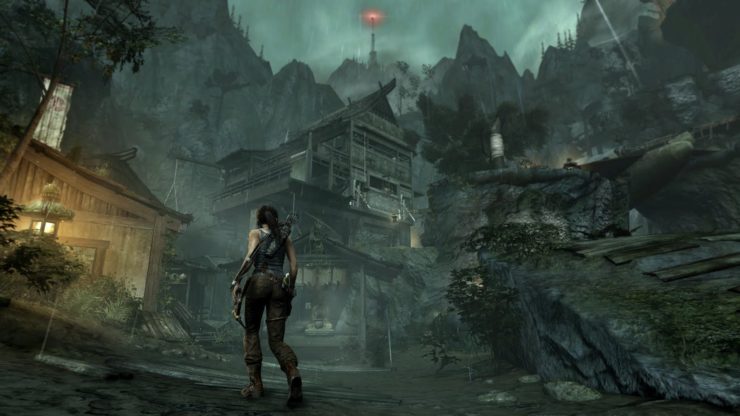








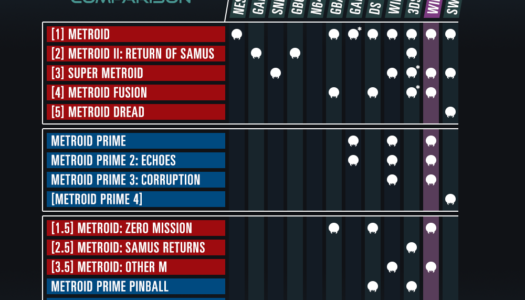
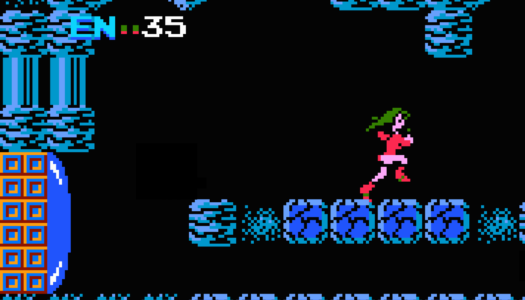
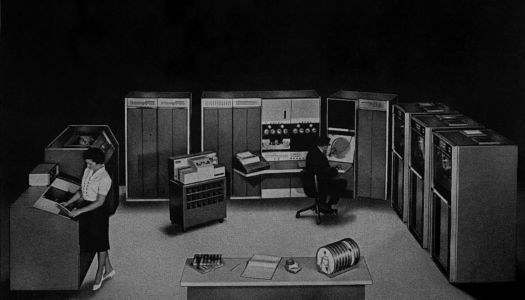
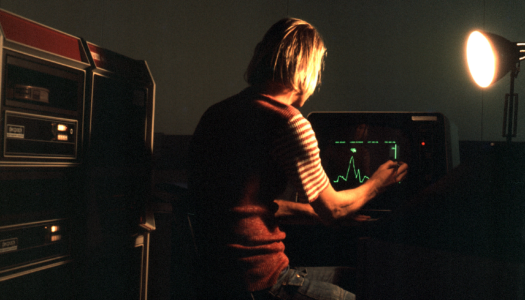
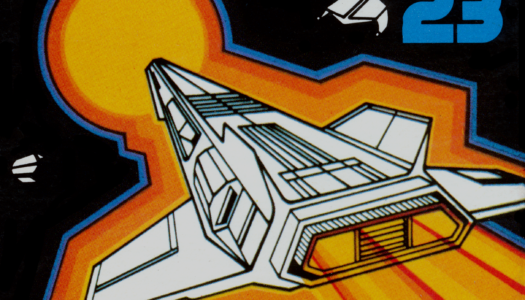

March 13, 2013
Bitchin review dude and while it does cover a lot of the points I would have made myself I have to ask which version you played it on yourself? I played on PC and only had minor graphical glitches on occasion, not the reloading type ones you described.
March 13, 2013
Thanks! And I was playing the PS3 version of the game.